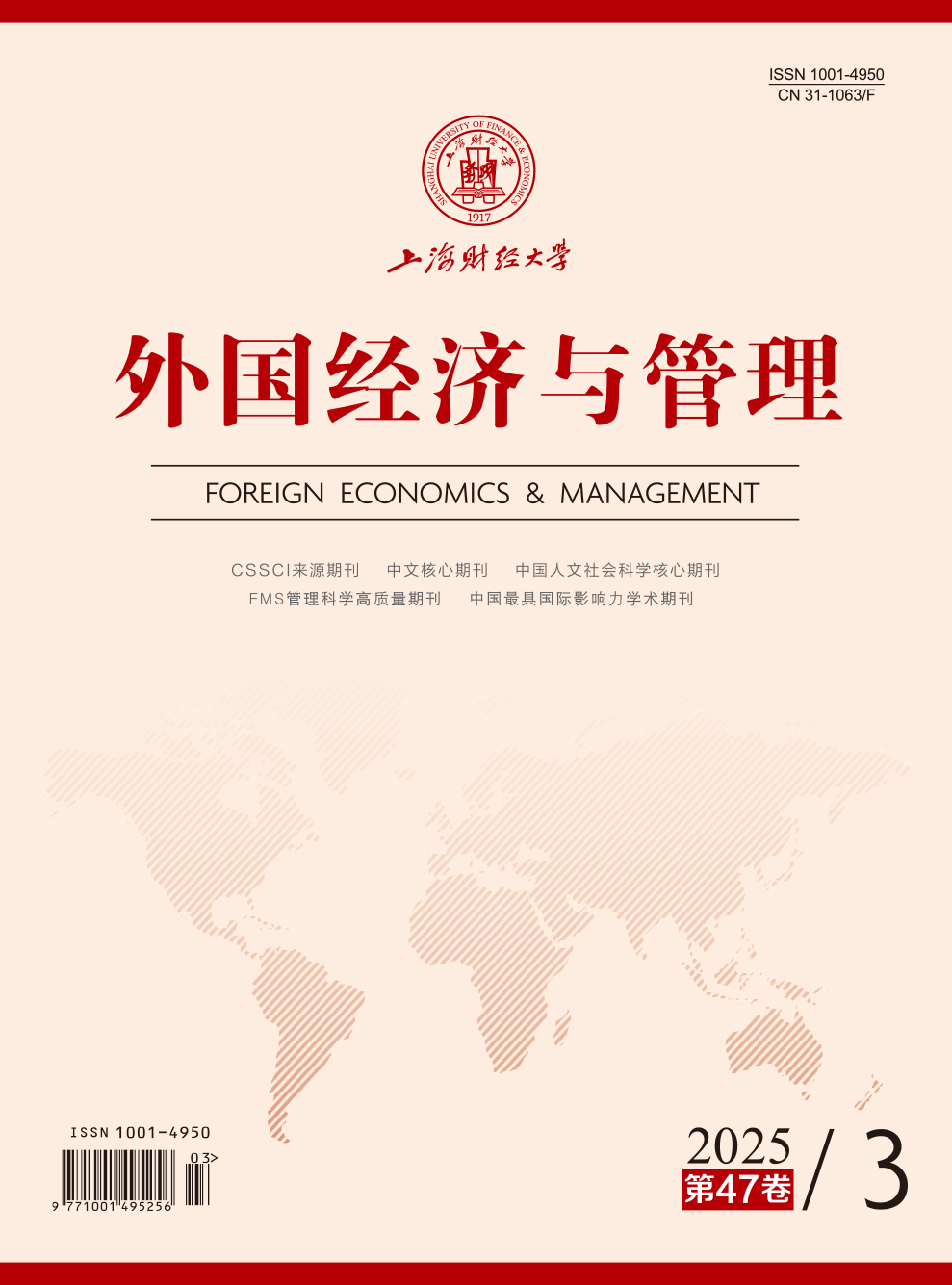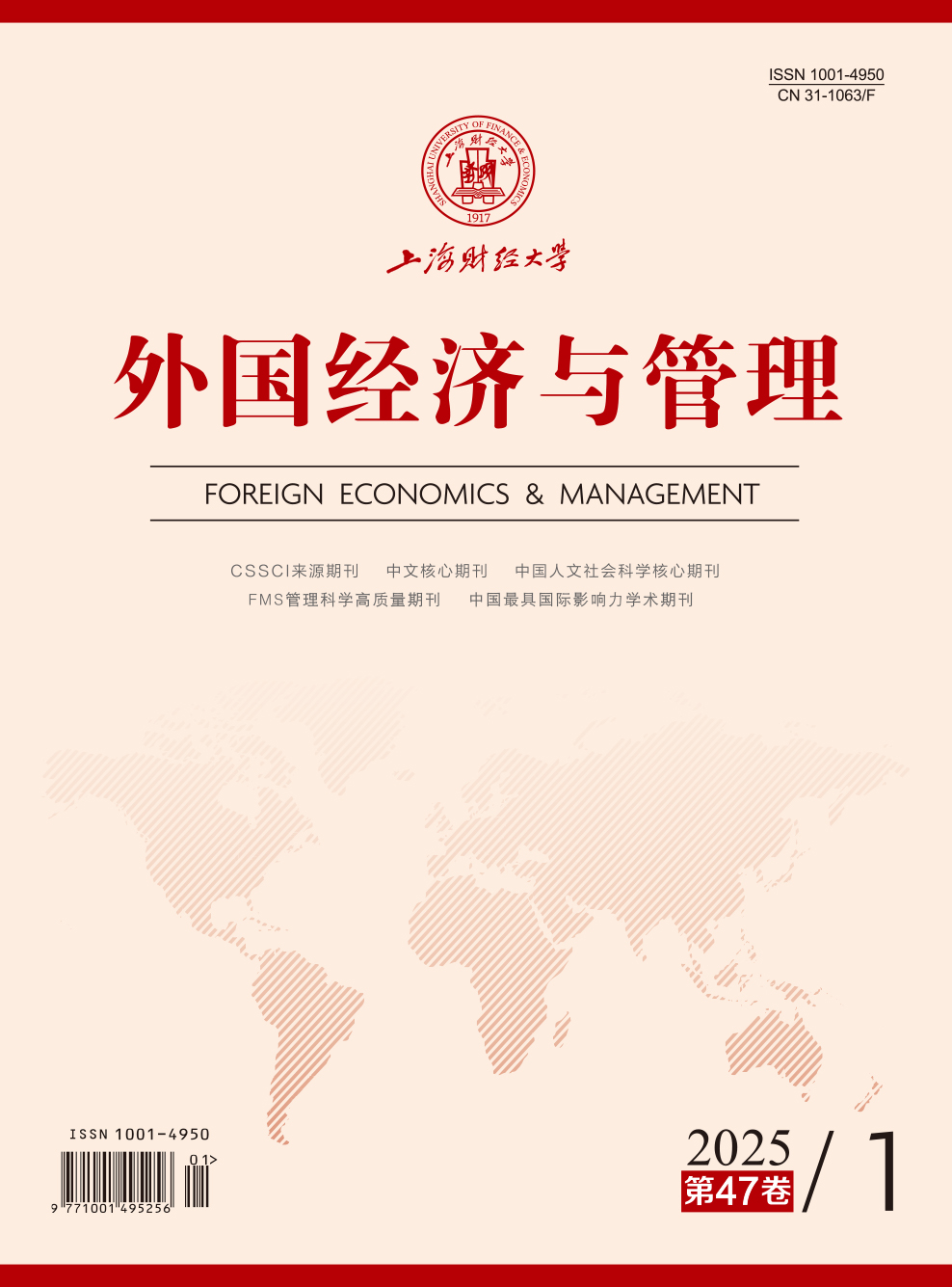With the rapid global dissemination and development of sustainable development and green investment concepts, a corporate culture guided by “green” has become the guiding force for low-carbon development and green transformation, often likened to the “chamber of orchids”. How corporate green culture leverages informal institutional advantages to promote low-carbon innovation in production and facilitate coordinated sustainable economic development is an underexplored topic in the literature. From the perspective of informal institutions, taking China’s A-share listed companies from 2011 to 2021 as the sample, this paper identifies a “green”-oriented corporate culture based on five dimensions: spirit, strategy, system, production, and consumption, uses the natural language processing technology to extract the green culture information disclosed in the annual reports of listed companies, and examines the impact and mechanism of green culture on green innovation performance. The results indicate that corporate green culture promotes green innovation performance. Further analysis reveals that green culture plays a role in “resource siphoning” and “strategic guidance” mechanisms by enhancing resource aggregation and strengthening executive green awareness, respectively, and promotes the performance of green technology innovation and green management innovation. Heterogeneity analysis finds that enterprises with a higher executive education level, greater social responsibility pressure, and lower environmental regulatory constraints are more susceptible to the impact of green culture on their green innovation performance. The main contributions of this paper are that: (1) It reveals the differences in the impact of green culture on the performance of different types of corporate green innovation, expanding the theoretical factors driving green innovation performance and enriching the research scope of “green”-oriented informal institution theory. (2) It explores in depth the mechanism by which green culture affects corporate green innovation performance through the two channels of “resource siphoning” and “strategic guidance”, revealing the “black box” between the channels of green culture and corporate green innovation performance. (3) Through the external perspectives of social responsibility pressure and environmental regulation, it identifies the boundary role of green culture in the process of affecting corporate green innovation performance, and improves the theoretical extension of external pressure on corporate behavior, expanding the boundary of existing green innovation theory research. (4) Based on the comprehensive evaluation indicators of green culture, it not only provides a more detailed and contextualized understanding of the factors affecting the development of green culture, which improves the effectiveness and reliability of the results, but also provides new ideas for quantitative research on green development.
 / Journals / Foreign Economics & Management
/ Journals / Foreign Economics & ManagementForeign Economics & Management
JIN Yuying, Editor-in-Chief
ZhengChunrong, Vice Executive Editor-in-Chief
YinHuifang HeXiaogang LiuJianguo, Vice Editor-in-Chief
Entering the Chamber of Orchids: Corporate Green Culture and Green Innovation
Foreign Economics & Management Vol. 47, Issue 01, pp. 137 - 152 (2025) DOI:10.16538/j.cnki.fem.20231027.401
Summary
References
Summary
Cite this article
Bai Fuping, Huang Yujie, Wang Jing, et al. Entering the Chamber of Orchids: Corporate Green Culture and Green Innovation[J]. Foreign Economics & Management, 2025, 47(1): 137-152.
Export Citations as:
For
ISSUE COVER
RELATED ARTICLES




 1539
1539  1182
1182

